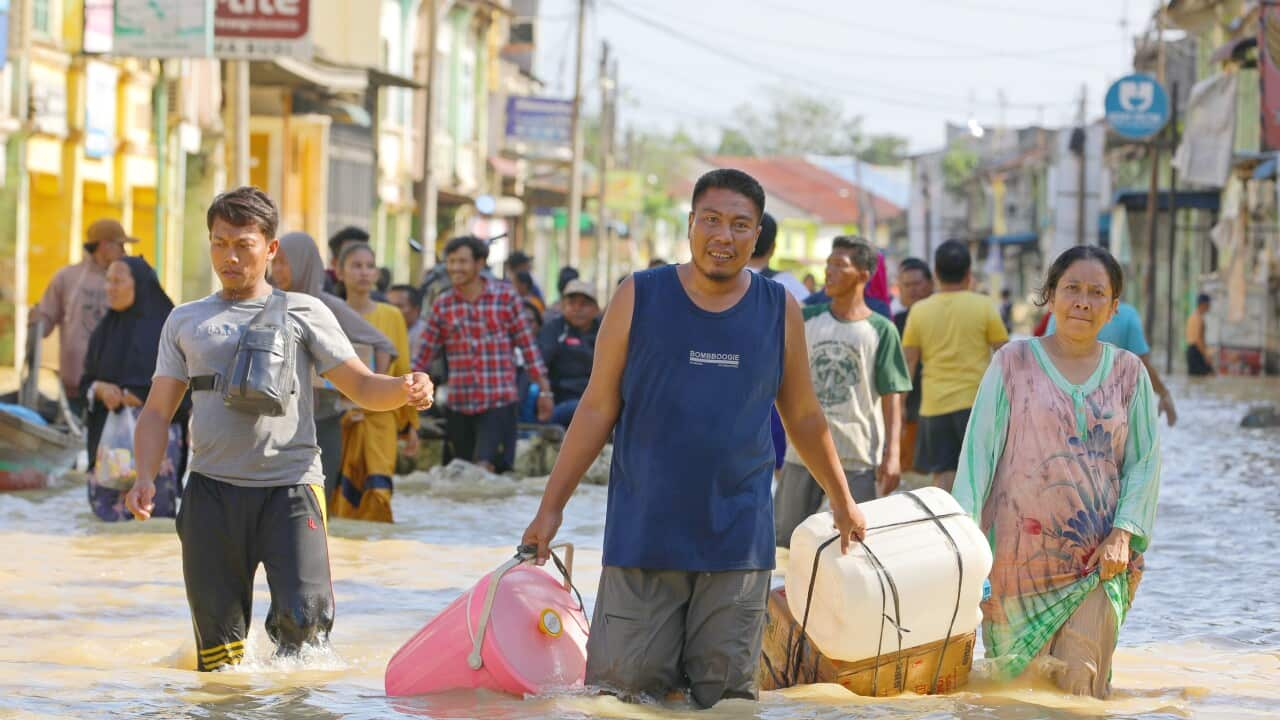The largest thermal coal miner, is planning to construct an open-cut mine destroying heritage sites of the Gomeroi people in the process.
Dr Sophie Loy-Wilson, a Lecturer in Australian History in the Department of History at the University of Sydney, is appalled by the proposed project because of its historical and cultural ramifications.
In a conversation with NITV Radio Dr Loy-Wilson wondered how this could be allowed to go ahead on the back of the tragedy that happened in WA just a few weeks ago where Rio Tinto destroyed a very ancient site that was very important to Aboriginal people on whose land they are mining.
Dr Loy-Wilson says it is shocking that this is allowed to happen in the middle of the Black Lives Matter movement that is dominating world discourse, when many Indigenous people are drawing attention to the plight of their people in this country.
“On the back of this situation we have another mining company being allowed to destroy cultural sites on the land of the Gomeroi people.”
This area includes irreplaceable Aboriginal cultural heritage such as large grinding groove sites, scarred trees and interlinked ceremonial corridors and sacred sites.
These are the lands of the Gomeroi people. It is their traditional lands. We think of these places in the lens of their Western names. Obviously, this is not the way that Gomeroi people see these lands. For them the whole area is like a 50 000-year-old library.
“When Gomeroi warriors went out, they would prepare their weapons on a particular kind of stone in this site. We have grooves that are warrior-made in the site as part of this particular location that is now the subject of mining.”
Dr Sophie Loy-Wilson adds that from a narrow Western-centric perspective these sites are viewed as being located in the border region between Queensland and New South Wales, close to places like Tamworth, Aberdeen, Muswellbrook, Coonabarabran, Walgett...
But for traditional owners these are deeply sacred intellectual places and political places.
“These are the lands of the Gomeroi people. It is their traditional lands. We think of these places in the lens of their Western names. Obviously, this is not the way that Gomeroi people see these lands. For them the whole area is like a 50 000-year-old library.”
For the Sydney University academic the current media frenzy around the project can be misleading. She says, the issue is not about the nationality of the mining company involved and it has little to do with job creation.
“Data shows that when these mining companies come in, they don’t create long term jobs. They do more damage to the community... They might provide some kind of short-term employment but they don’t actually provide a long-term benefit and investment in the community.”
Dr Loy Wilson slams the political leadership urging leaders from all parties to not mislead voters that mining necessarily leads to jobs creation.
Instead, she recommends strengthening the legal framework to replace the current situation whereby economic interests trump the protection of heritage sites.
“We need to strengthen the National Parks and Wildlife Act of 1974; strengthen this Act at a state and federal level. We need to find a way in which it is harder for local governments to override environmental laws and the laws of national parks and wildlife.”



